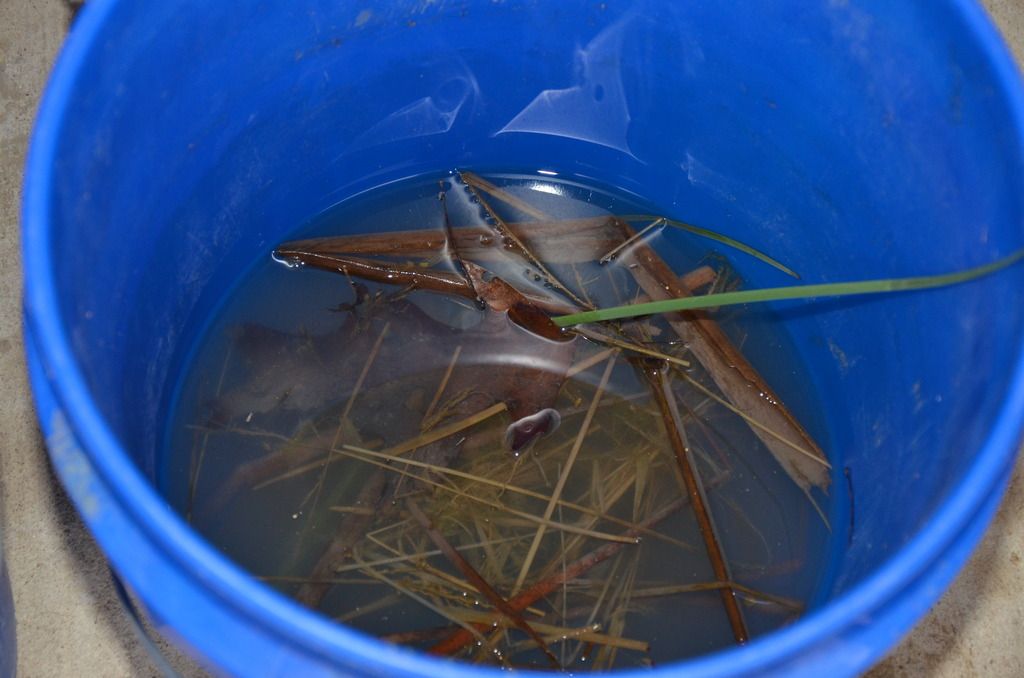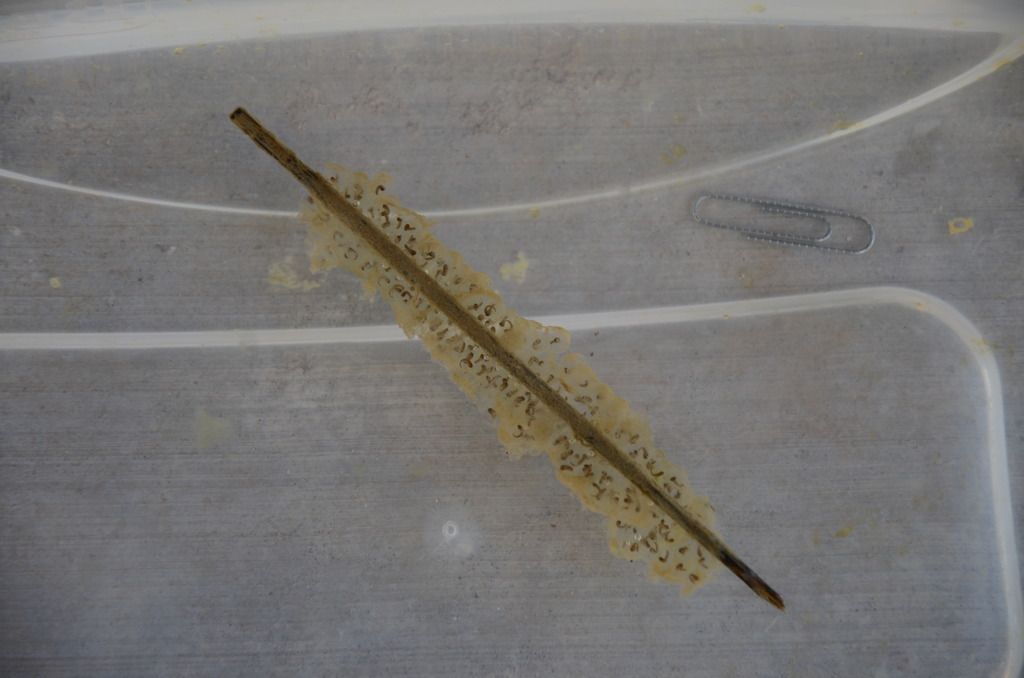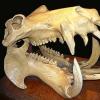Egg mass collected above are clearly not salamanders / newts. Picture below is current and typical of a tadpole. I did find a Western Chorus on walkway coming into office this morning. Shortly they will be evident around out raceways as the pastures dry out and adults retreat from breeding ponds. We will attempt to rear about a dozen tadpoles. Hopefully they easy to rear like Bullfrogs and Crawfish Frogs.
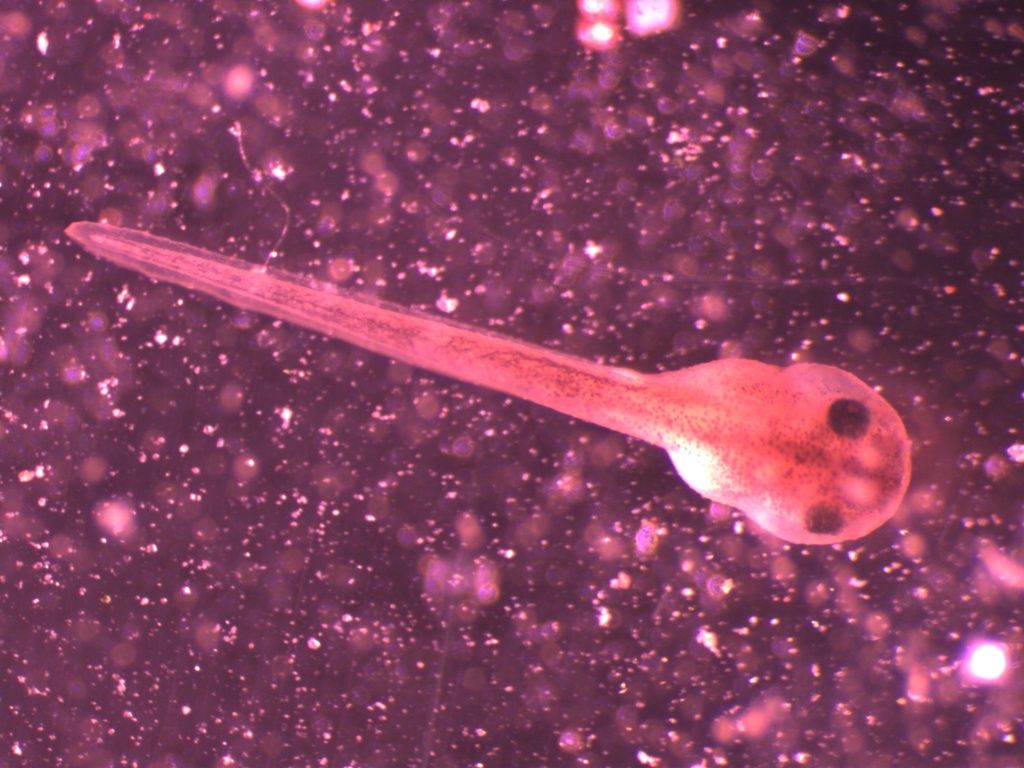
Student is generating known Central Newt samples to develop his lab technique. This is first time he has actually tried to keep anything aquatic alive although he does know his way around Alligators and how they are breeding near his home. Evidence is strong we all need to learn how to use cameras.
Animals he collected yesterday have been paired off and stocked out.
Images below are evidence of ongoing breeding activity,
http://i946.photobuc...zpsy25pmrtz.jpg
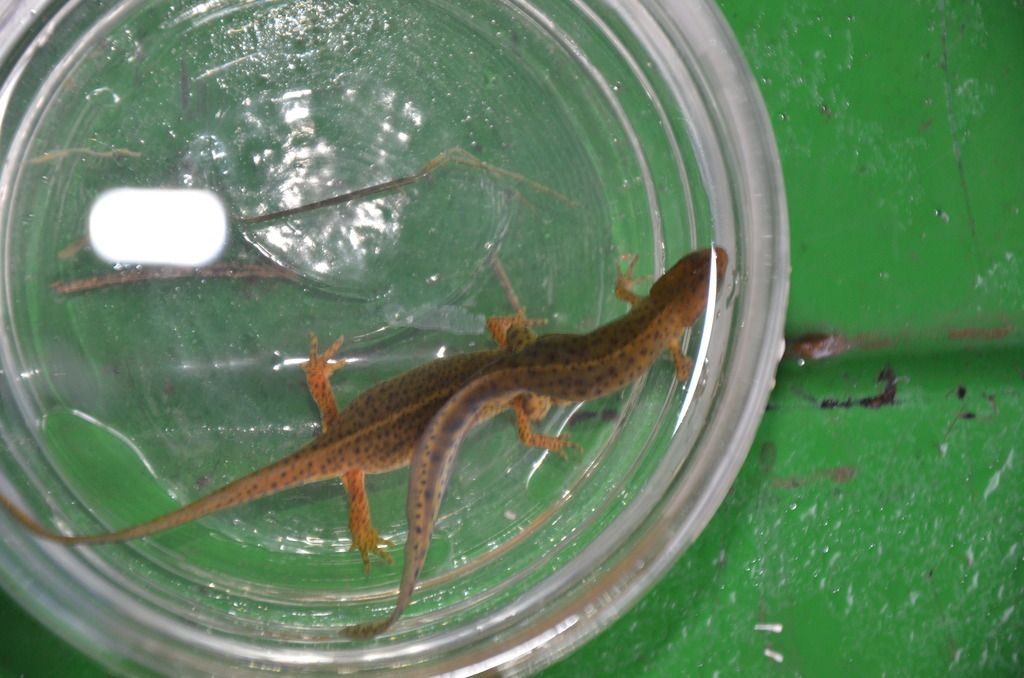
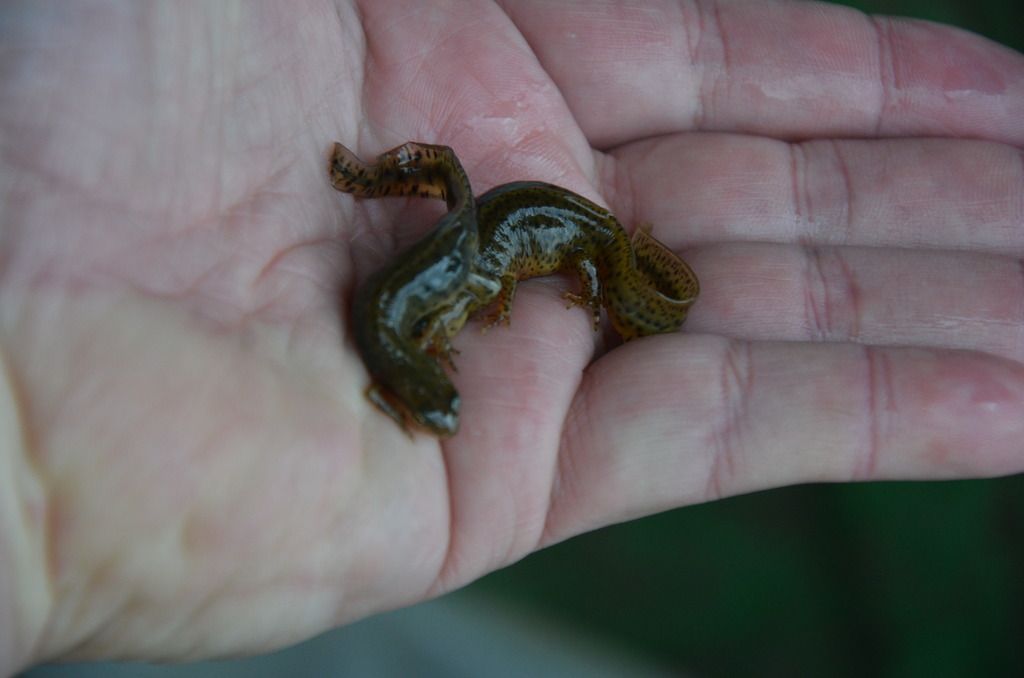
Genital area of breeding male.
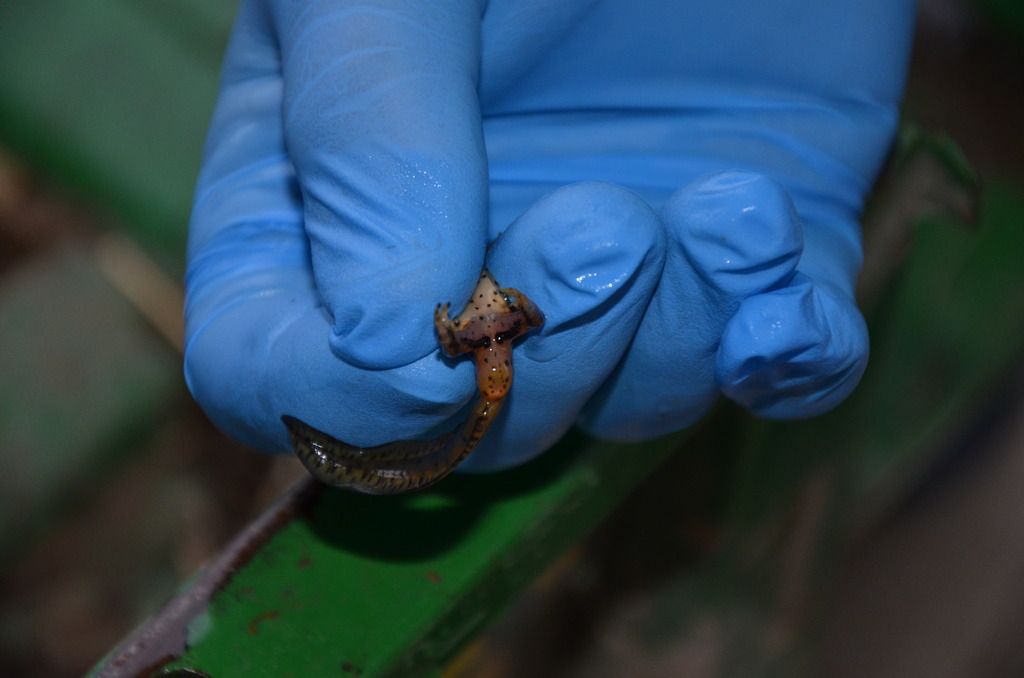
Genital area of breeding female.
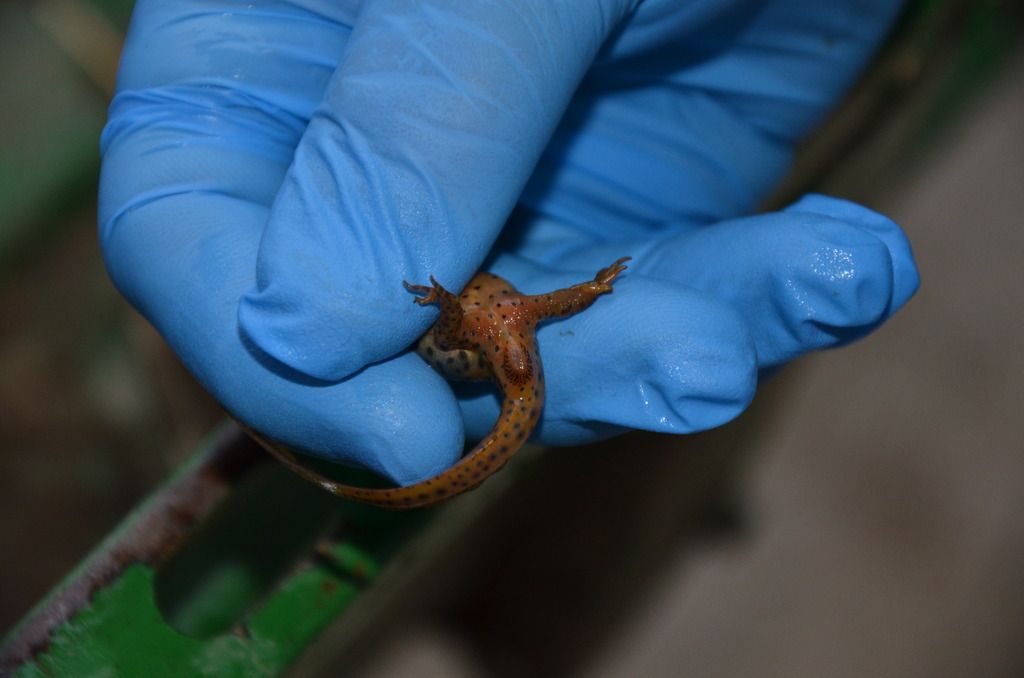
Replicated bucket setup, each with a ripe male and female.

Each bucket also contains plant debris throughout the water column. Buckets will be checked daily for eggs / embryos that will then be isolated for incubation and rearing.
